Winter is not the time to skimp on camping gear. Be sure to choose gear that’s made for winter camping or you will not enjoy your time outdoors. Must-have snow camping gear includes a sturdy tent, a warm sleeping bag, two sleeping pads, and a stove suitable for cold temperatures.
Tent
The difference between winter tents and other seasonal tents has to do with wind resistance and the ability to withstand heavy snow. I recommend a four-season tent that has a more robust frame structure and durable poles so it won’t collapse under the weight of snow. It will also be able to withstand more intense winter winds especially if camping in higher elevations. If weight is not an issue, try a double-wall tent with less mesh. I also recommend one that has a generous vestibule for storing bulky winter gear and a large footprint just in case you need room to wait out a winter storm.
Sleeping Bag
Traditionally in the US, sleeping bag ratings indicate the lowest temperatures at which the bag will keep an average sleeper warm. For example, a 10°F bag should keep the average camper comfortable in temperatures down to 10°F. Regardless, I recommend a mummy style bag with a temperature rating of -20° if camping in the snow.
I have a tendency to always be cold, which is something I absolutely hate despite my love for snow camping. So, what is my secret to staying warm at night? First, I stuff a 0° sleeping bag inside my -20° bag, double layering my sleeping bags. I am short, so I stuff a large scarf or blanket down by my feet to take up any extra space inside my bag. Empty space will create cold pockets. I always wear a hat to bed as well as a fleece neck warmer and keep a scarf nearby to lay on top of any parts of my body that are unusually cold as I try to fall asleep. I am not sure if this really works, but I also put a blanket to the side of my bag between it and the tent wall so there is no empty space which seems to do wonders.
Sleeping Pad
In order to stay warm, it is also extremely important to insulate yourself from the ground. A frozen ground zaps away body heat faster than the air outside and you lose more heat through conductive heat loss when sleeping than anything else. I recommend using two sleeping pads because two layers beneath you are as effective as one on top. Be sure you bring pads with an r-value of 4 or more and, if you have one, throw a closed-cell foam pad underneath. If you still feel like your pads are not cutting it and you are desperate, stuff extra clothing underneath you.
Liquid-Fuel Stove
Liquid-fuel (white gas) stoves are better than canister stoves for winter camping for several reasons, the most important of which is the ability to deliver output regardless of temperatures. Liquid fuel has the ability to regulate the fuel bottle’s pressure even in low temperatures delivering consistent, powerful output compared to canisters which generate output from the pressure inside the canister that decreases as temperatures drop.
They are also more stable on uneven ground like cooking on snow or ice. Although you can use a stand, liquid fuel stoves with inverted canister designs are better suited. Liquid-fuel stoves can also be field maintained if something goes wrong. It’s rare a canister stove will malfunction, but if it does, there’s little you can do to fix it. Liquid fuel bottles are also much better for the environment as they can be refilled instead of being thrown away.


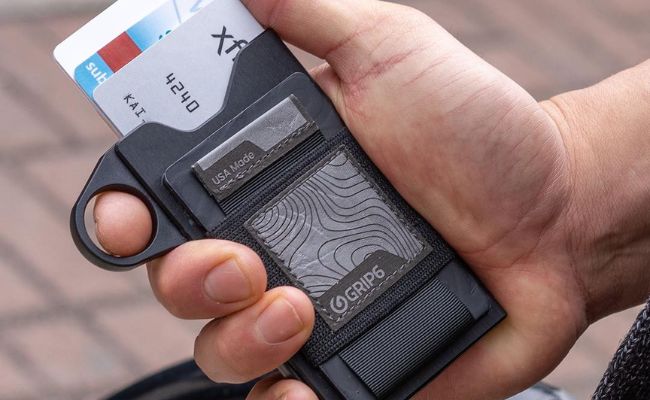
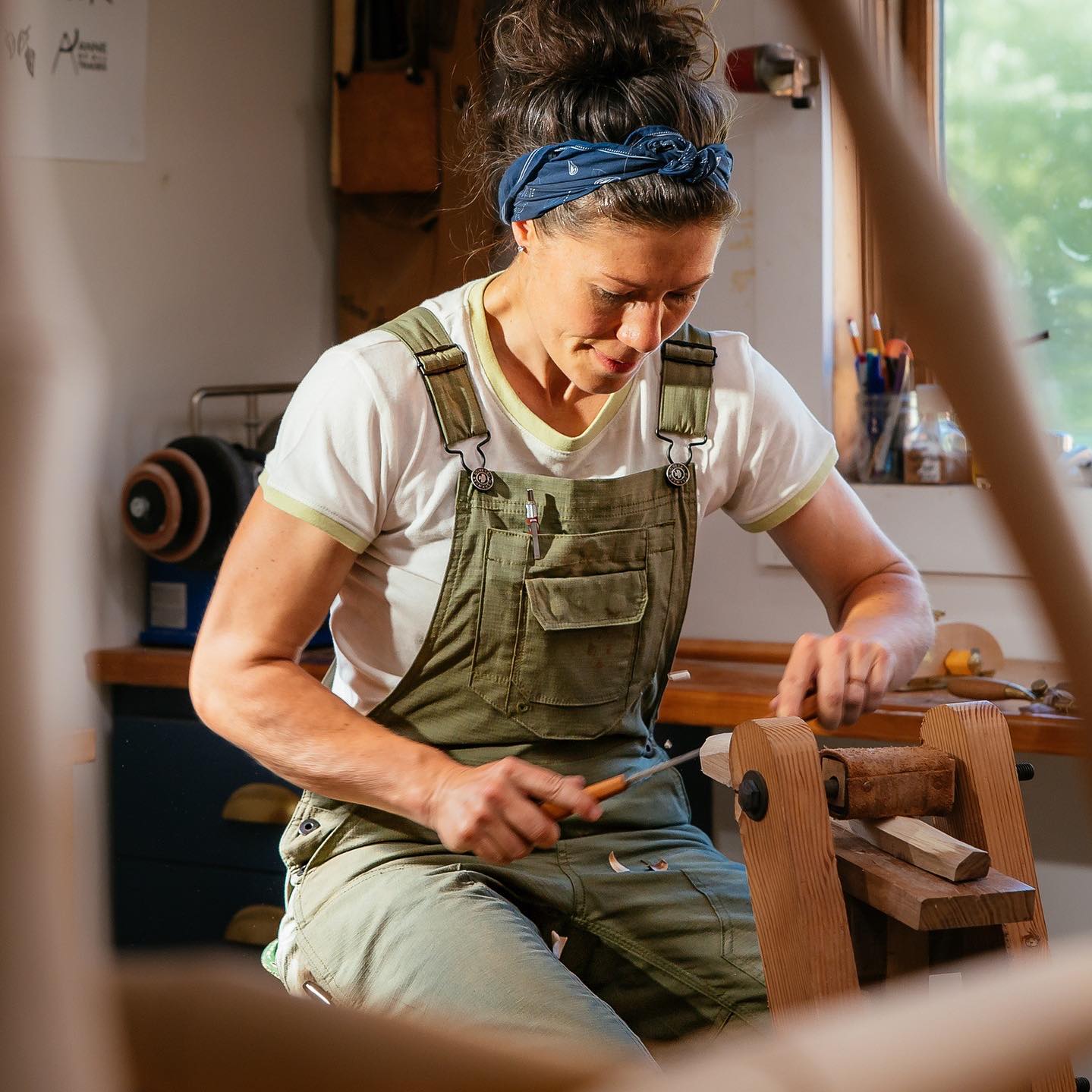
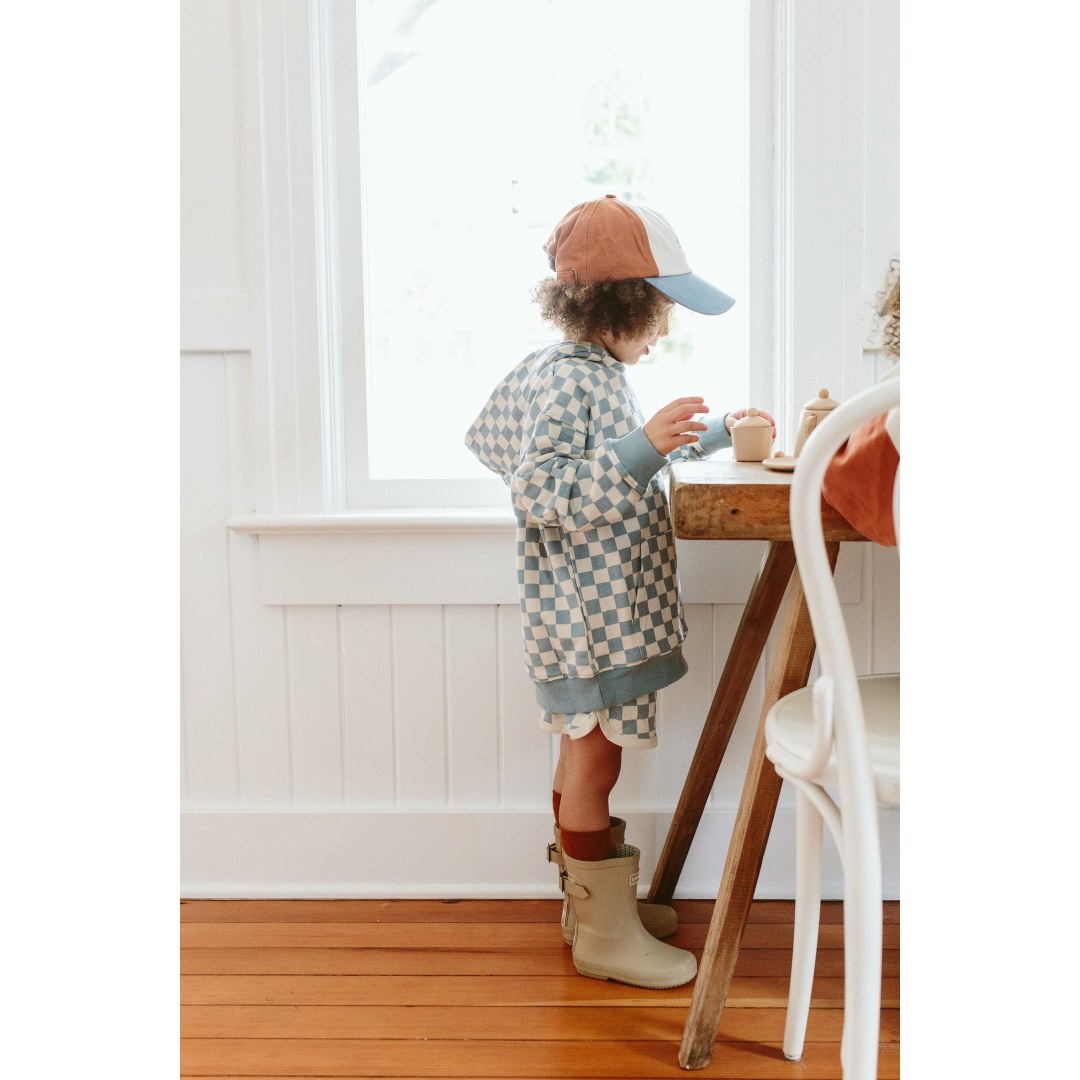
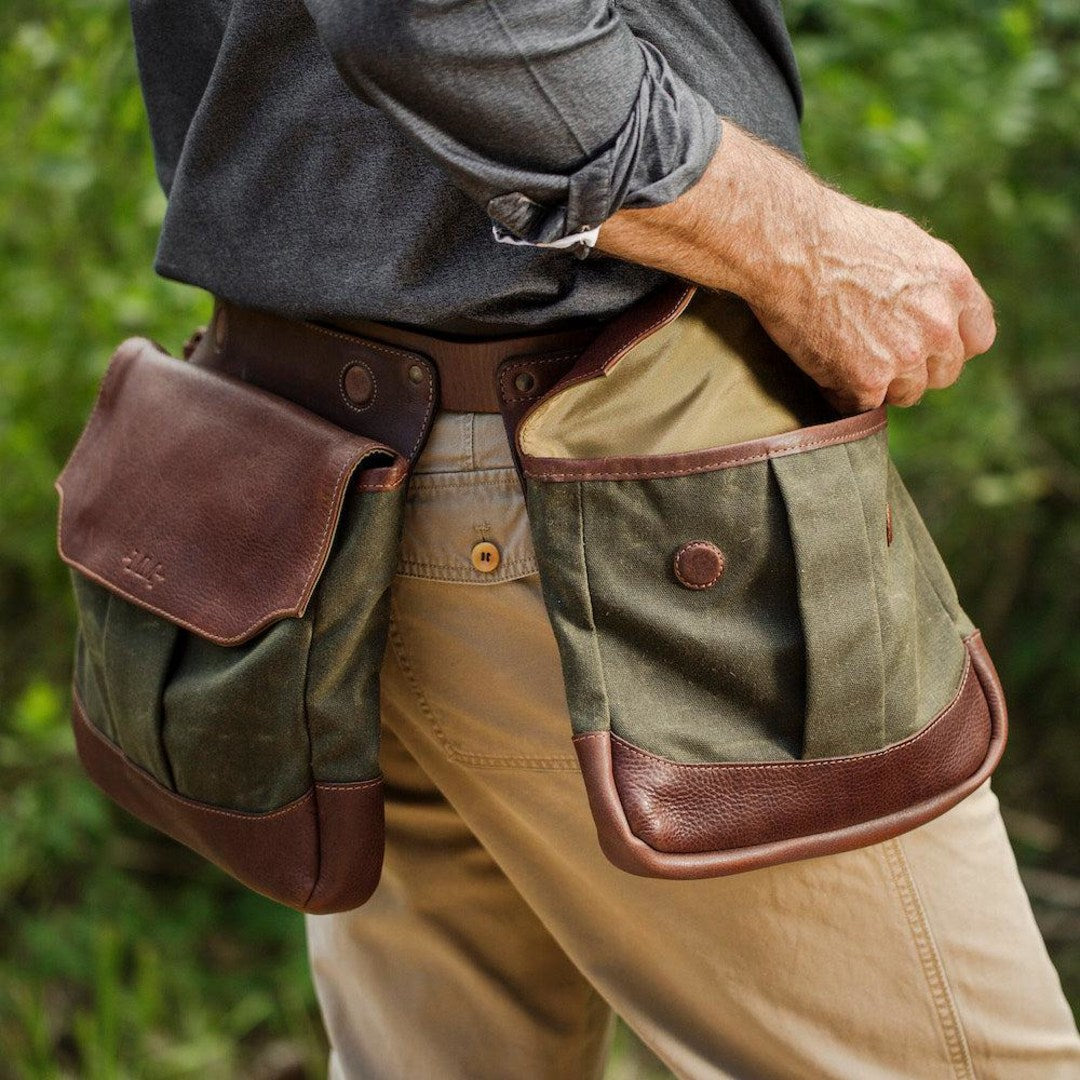
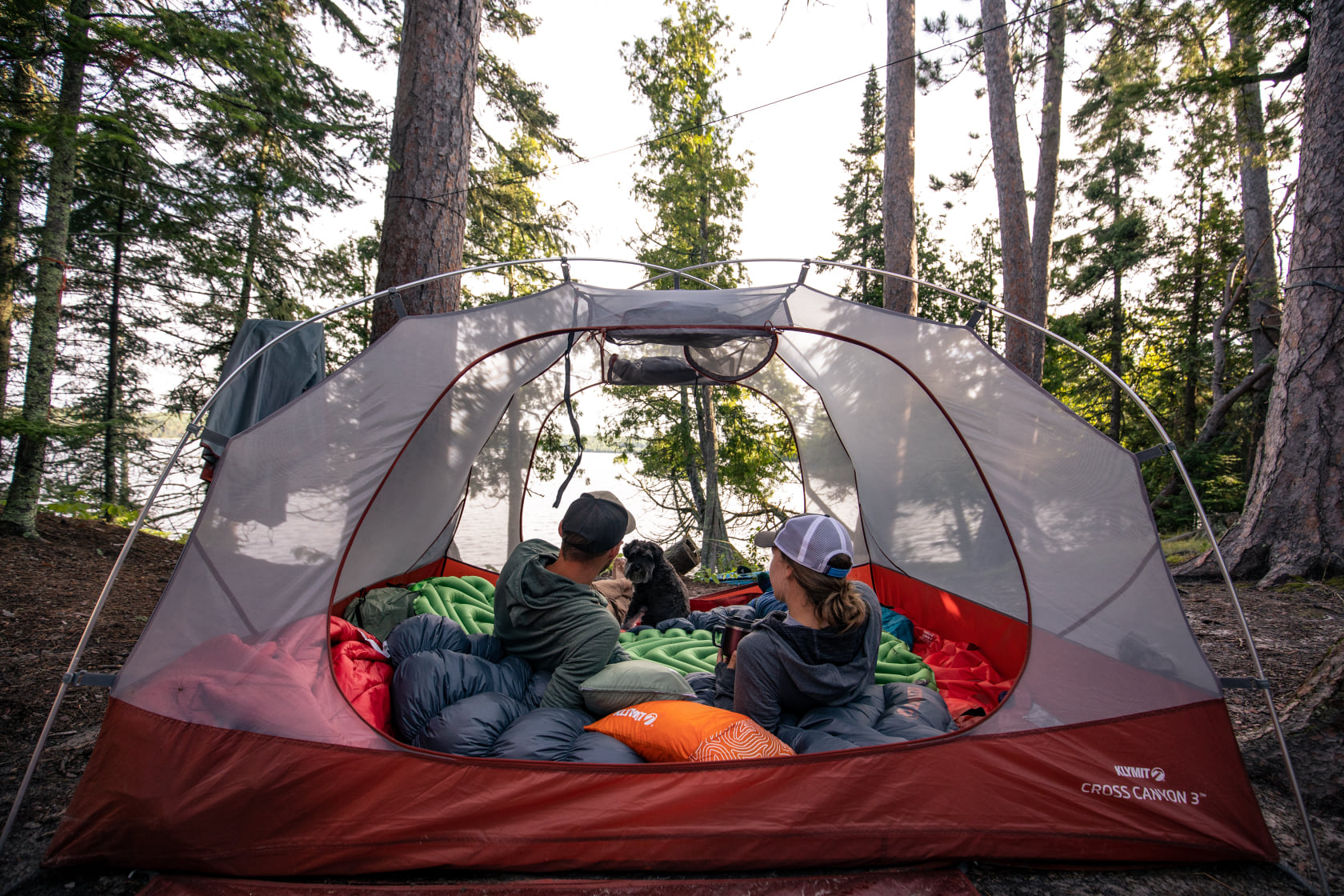
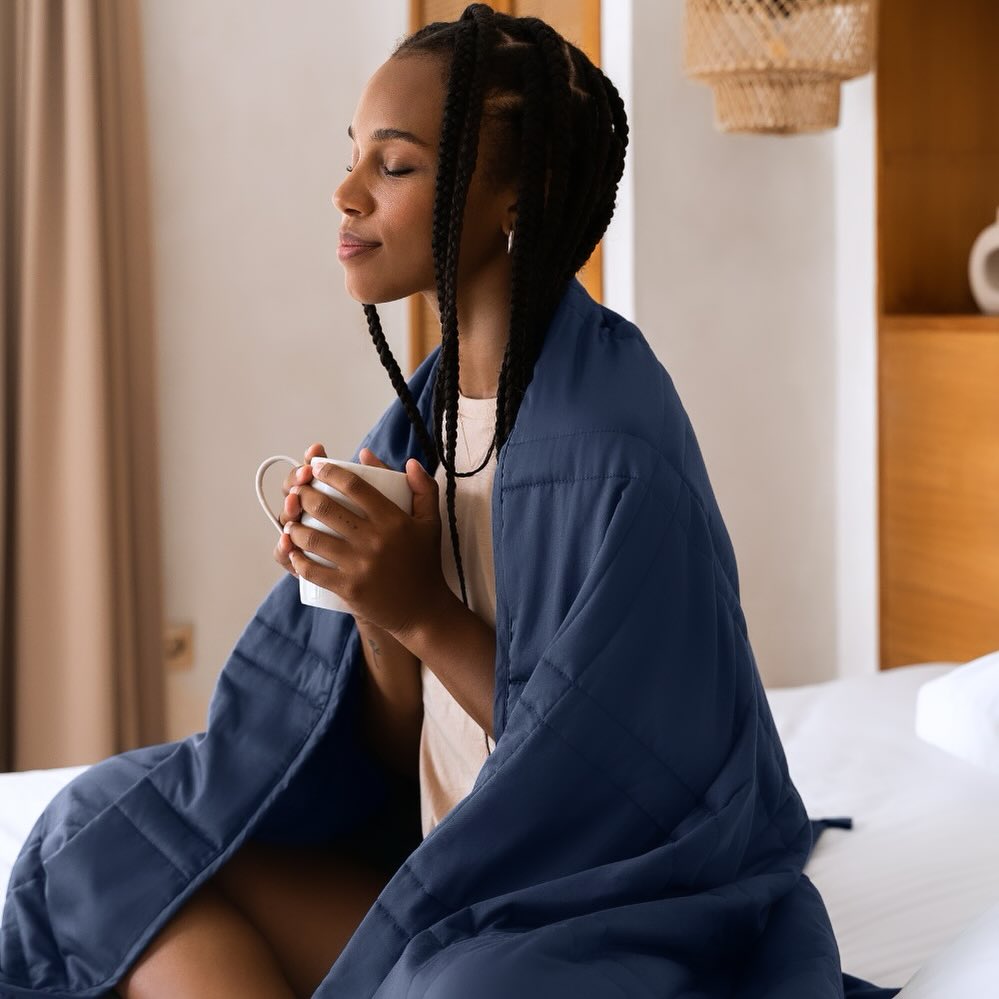
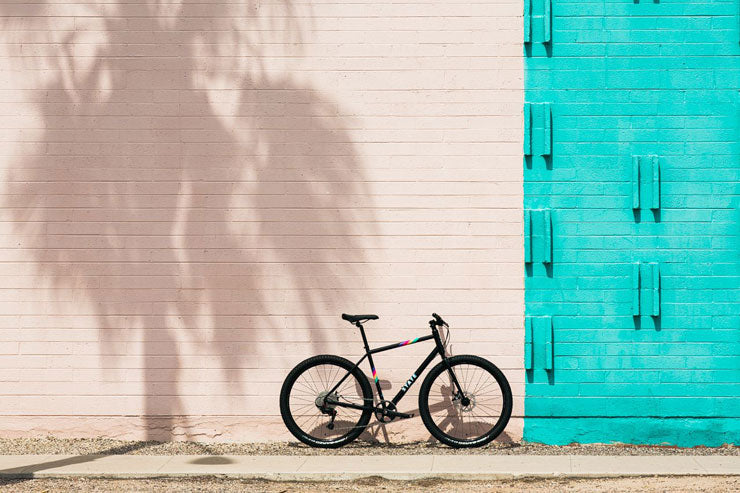


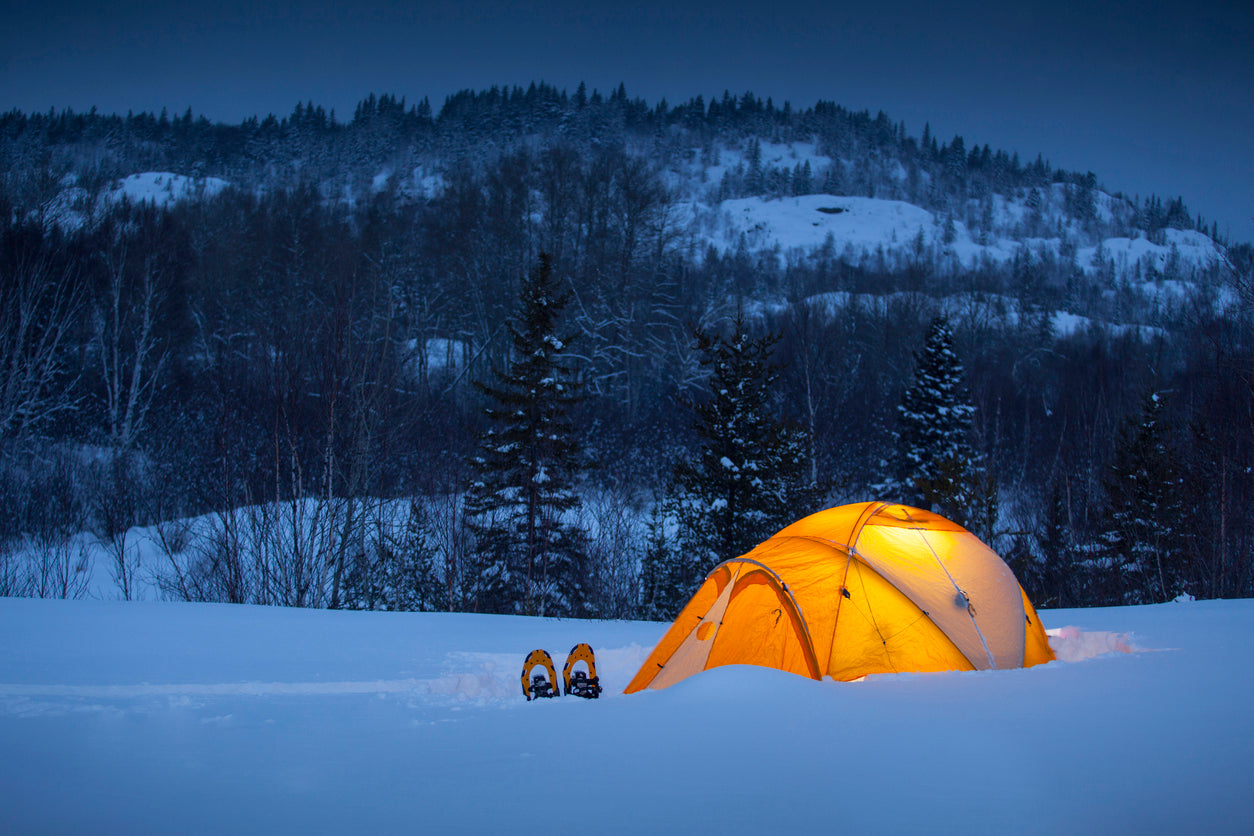

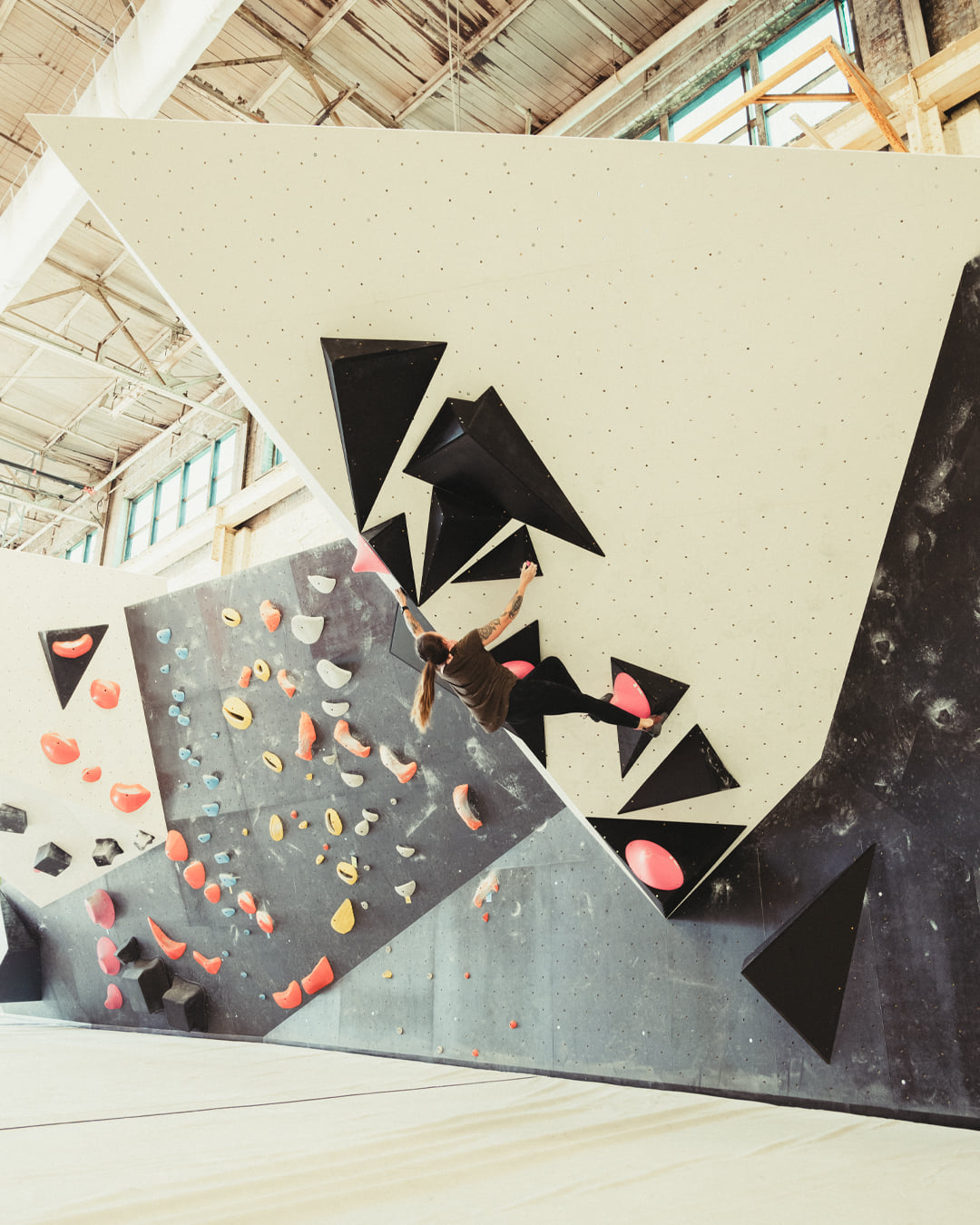
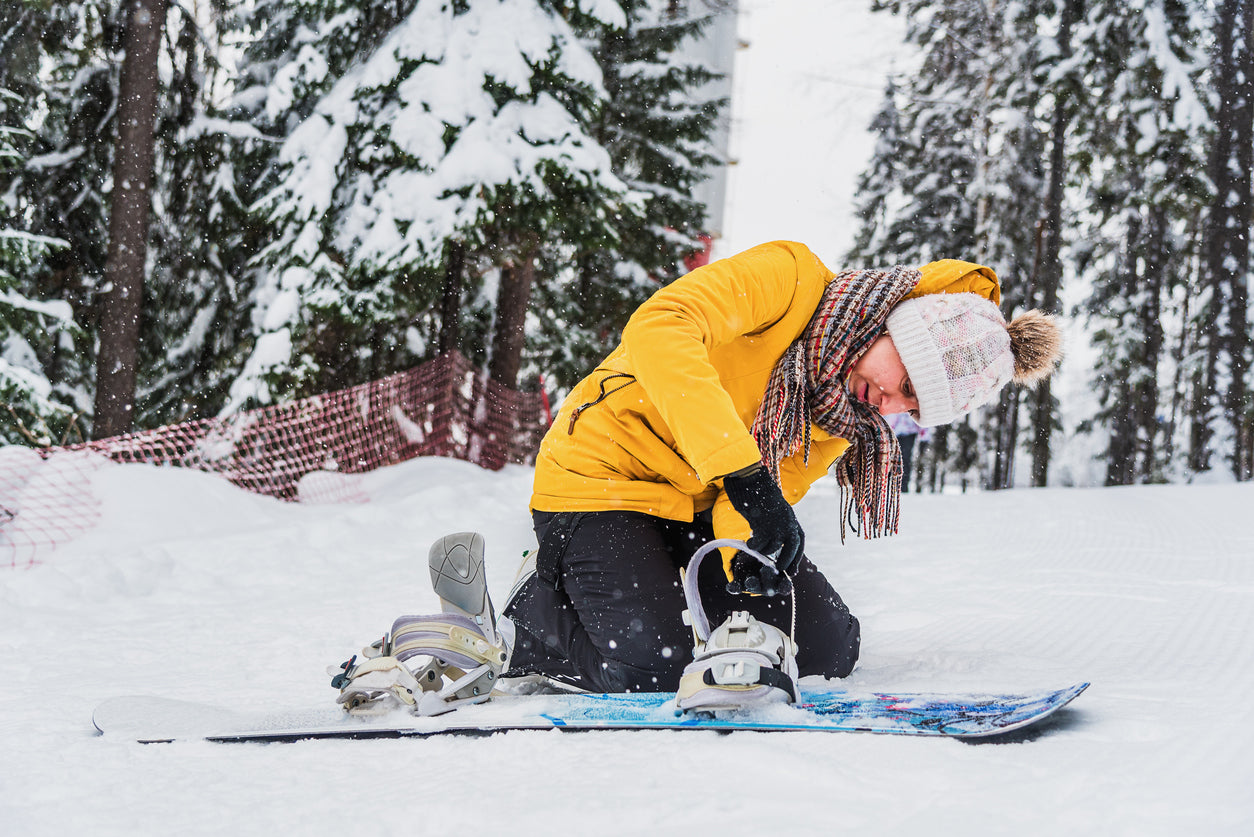
6 comments
Wonderful article! I am ready to try it.
Crystal Carter Sims
Wow, that was some awesome information, should make my next winter camping trip a lot more fun and comfortable : ))
Christine Melgren
Thoughtful and concise, potentially life saving, tips. The photos are lovely and the invitation is beguiling. Makes me want to try it again. Thanks for the inspiration. All too quickly the snow will be gone once more and we will sigh as we look at the photos.
Laura
I’m not a camper, but found the article interesting, and glad to be introduced to gear.com.
ja
This is amazing information; thank you Jen. I live in a Rocky Mountain state; I hike, ski and snowshoe and these tips are so spot-on; I learned a lot from your article. Maybe I will add cold-weather camping to my list of winter adventures. Keep up the good work, I love your blog. Cheers!
Lee
Wow, I’ve always wanted to snow camp but am very afraid of the elements. This article has put my mind at ease. Thank you for the info Jen Rogers!
Heather Lendrum
Leave a comment
This site is protected by hCaptcha and the hCaptcha Privacy Policy and Terms of Service apply.